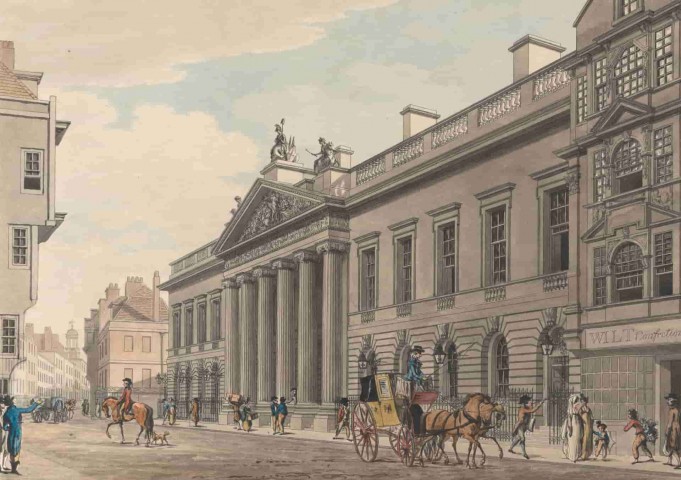How the Credit Crisis of 1772 Stir up Panic?
The credit crisis of 1772, which originated in London and then spread to Scotland and the Dutch Republic, is one of the worst financial disasters. On June 8, 1772, Alexander Fordyce, had lost £300,000 shorting East India Company stock, and the resulting collapse of the firm stirred up panic. Economic growth at that period was largely based upon people’s confidence in the banks. As confidence started ebbing, crowds of people gathered and attempted to withdraw their deposits. As a result, twenty important banking houses went bankrupt and many other firms endured hardships during the crisis.
After the credit crisis
After the credit crisis, the average number of bankruptcies in London rose to 484 in 1772 and 556 in 1773. Banks were deeply involved during the credit crisis. The partners of the Ayr Bank paid no less than £663,397 to their creditors. Owing to this process, only 112 partners remained solvent by August 1775. The East India Company bore heavy losses, and Dutch banking houses had invested extensively in their stock. They suffered the loss along with the other shareholders, and the credit crisis spread from London to Amsterdam.
Before the credit crisis of 1772
Before the credit crisis of 1772. The merchants in London helped the planters sell their crops and shipped what planters wanted to purchase. The commission equaled the price of the British goods, and the planters were usually granted credit for twelve months at five percent. After the outbreak of the credit crisis of 1772. American planters faced the serious problem of how to pay the debt for several reasons.
First, the planters were not prepared for large-scale debt liquidation due to the credit crisis. As the credit system broke down, almost all heavy gold was sent to Britain. Second, without the support of the credit, the whole market became crippled and intensified the pressure on planters, and the colonies endured hard times to maintain the balance of payments.
The credit crisis of 1772 also set off a chain of events related to the East India Company, which was one of the firms that suffered the hardest hits. Failing to pay its loan from the Bank of England, the firm sought to sell its eighteen million pounds of tea to the American colonies. Back then, the firm had to market its tea through middlemen, and the high price made its tea unfavorable. It was produced locally in the colonies.
The East India Company
In May 1773, however, the Parliament imposed a three pence tax for each pound of tea, and allowed the firm to sell directly through its own agents. The Tea Act enabled the East India Company’s monopoly over the local tea business in the colonial tea market. Furious about how the East India Company controlled the colonial tea trade, citizens in Charleston, Philadelphia, New York and Boston rejected the imported tea.
The credit crisis of 1772 also worsened the relationship of the North American colonies and Britain and it affected all 13 of the colonies. This was due to the fact that the British were forced to introduce controversial legislation for the colonies in an attempt to remedy the credit crisis of 1772.









